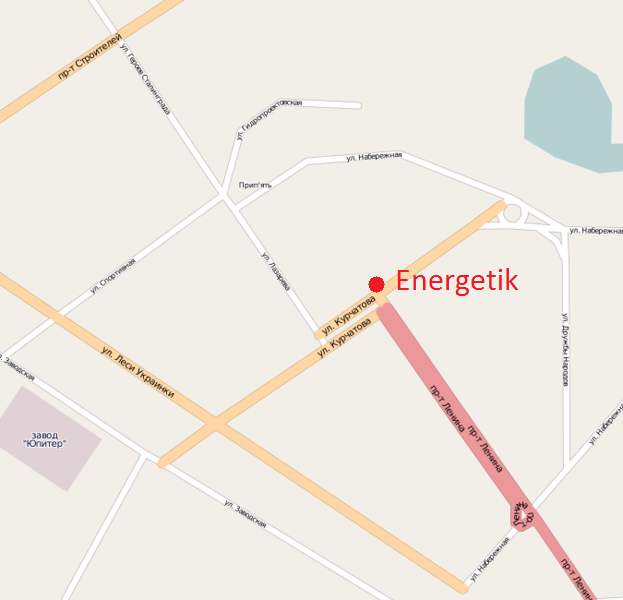Palace of Culture Energetik on:
[Wikipedia]
[Google]
[Amazon]
 The Palace of Culture Energetik (; russian: Дворец культуры Энергетик) is an abandoned
The Palace of Culture Energetik (; russian: Дворец культуры Энергетик) is an abandoned
File:Chernobyl Exclusion Zone (2015) 61.JPG
File:Palace of Culture Front.jpg
File:Palace of Culture Lobby-pripyat.jpg
File:Palace of Culture-Gym 1 (indoor)-Pripyat.jpg
File:Prypeć - dom kultury 01.jpg
File:Černobyl, 70.jpg
File:Černobyl, 78.jpg
File:Černobyl, 77.jpg
 The Palace of Culture Energetik (; russian: Дворец культуры Энергетик) is an abandoned
The Palace of Culture Energetik (; russian: Дворец культуры Энергетик) is an abandoned palace of culture
Palace of Culture (russian: Дворец культуры, dvorets kultury, , ''wénhuà gōng'', german: Kulturpalast) or House of Culture (Polish: ''dom kultury'') is a common name (generic term) for major Club (organization), club-houses (comm ...
located in the town of Pripyat, at the Chernobyl Exclusion Zone
The Chernobyl Nuclear Power Plant Zone of Alienation, Belarusian: Хона адчужэння Чарнобыльскай АЭС, ''Zona adčužennia Čarnobyĺskaj AES'', russian: Зона отчуждения Чернобыльской АЭС ...
in Ukraine
Ukraine ( uk, Україна, Ukraïna, ) is a country in Eastern Europe. It is the second-largest European country after Russia, which it borders to the east and northeast. Ukraine covers approximately . Prior to the ongoing Russian inv ...
.
History
The Palace of Culture Energetik was built during the 1970s for the citizens of the town of Pripyat. The name “Energetik” is a play on words, as it means both “energetic” (lively) and “power plant worker”. Palaces of Culture were large community centers established during the Soviet era with over 137,000 in the Soviet Union by 1988. These generally physically impressive buildings were designed as a focal point for people to enjoy a range of recreational and artistic activities all under the banner, quite literally in many cases, of political propaganda. Pripyat’s Palace of Culture includes what’s left of a cinema, theatre, library, gymnasium, swimming pool, boxing/wrestling ring, dancing and meeting halls and even has a shooting range in the basement. After theChernobyl Disaster
The Chernobyl disaster was a nuclear accident that occurred on 26 April 1986 at the No. 4 reactor in the Chernobyl Nuclear Power Plant, near the city of Pripyat in the north of the Ukrainian SSR in the Soviet Union. It is one of only two nuc ...
in 1986, the majority of the inhabitants of Pripyat were evacuated and the buildings were abandoned. Currently, the Palace of Culture is in a dilapidated condition.
The Ukrainian writer Lyubov Sirota
Lyubov Makarivna Sirota ( uk, Любов Макарівна Сирота; born June 21, 1956) is a Ukrainian poet, writer, playwright, journalist and translator. As a former inhabitant of the city of Pripyat and an eyewitness (and victim) of t ...
worked briefly in the Palace of Culture.
Gallery
References
External links
* {{Chernobyl disaster Buildings and structures in Pripyat Chernobyl Exclusion Zone 1970s establishments in Ukraine Buildings and structures completed in the 20th century